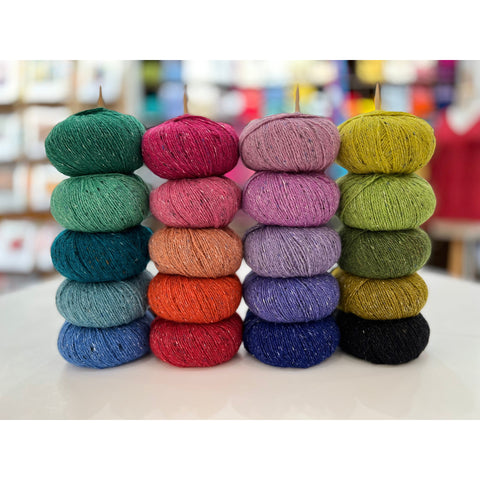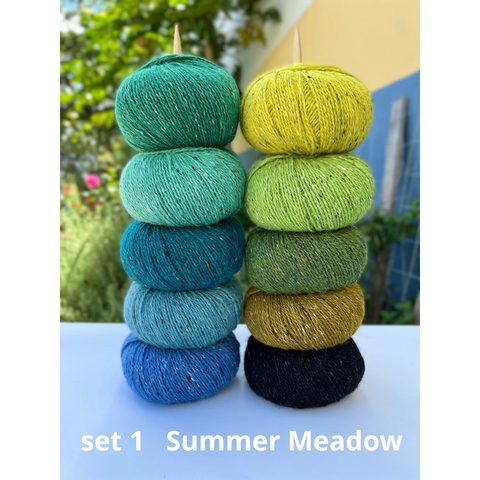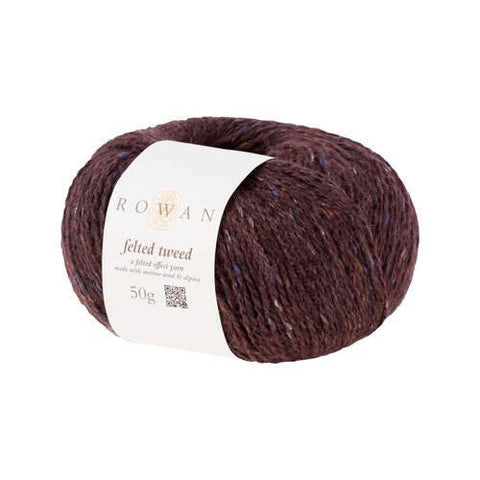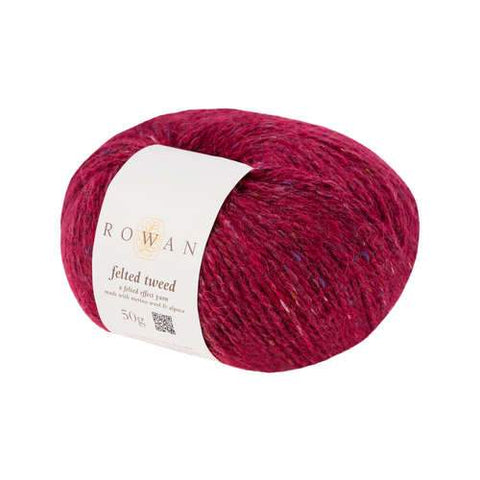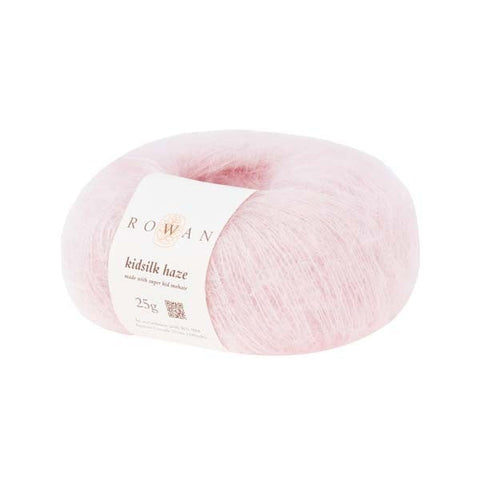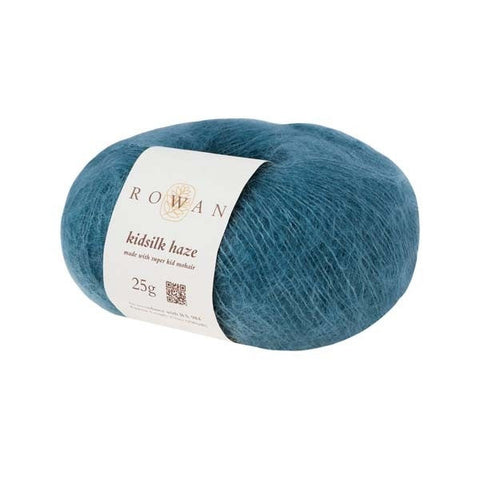Casting On - The Basics - Free 'how to knit' guides
Casting on a new knitting project is one of the most exciting parts of the whole process and why many of us have multiple WIPs (works in progress) on the go at all times.
Casting on can also be one of the more intimidating parts for beginners because there are often multiple steps involved in creating the perfect cast on. I can still remember when learning to knit as a child I would always ask my grandma to cast-on for me because it was too complicated.

There are many different cast-on techniques and each give a slightly different look, stretch, and stability. Therefore, choosing the right cast-on helps set your new project up for success and elevates your handmade items.
Today we are going to focus on 4 of the most common cast-on methods, including the advantages and disadvantages of each and when you would choose to use them. We have included instructional videos for each cast-on below as it can be a little hard to explain what to do only in words.
Knitted Cast-On
The knitted cast-on is what many people learn first and what we teach in our Beginner’s Knitting Classes. Once you’ve gotten the hang of the knitted cast-on it makes the knit stitch pretty straight forward, and vice versa.
The knitted cast-on is also called the lace cast-on as it makes a very lacey edge. This lacey edge has quite a lot of stretch in it so it can be preferred for a project that benefits from a bit of stretch, like a garment. The knitted cast-on just requires a slip knot to start with a small tail to weave in later, unlike some cast-on techniques which require a long tail to start.
This can be good to use when you have to cast-on many stitches and don’t want to estimate how long of a tail to leave. It can also be useful for casting on stitches in the middle of a row.
Cable Cast-On
The cable cast-on is completed similarly to the knitted cast-on but instead of making a new stitch by going into the previous stitch, you put your right needle in-between the two previous stitches and make your stitch the same way as before.
You will have to use the knitted cast-on to make the first stitch after your slip knot and then can continue on with the cable cast-on. The cable cast-on than it’s knitted counterpart but lacks the stretch.
If you find yourself casting on too tightly or would like to add a little more give to your cast-on you can always cast on using a larger needle size, usually one or two sizes larger depending on how tightly you cast on.
Backwards Loop Cast-On
The backwards loop cast-on is one of the easiest to perform but also one of the least sturdy and therefore not chosen to cast on a complete project. It is used rather when you need to cast on in the middle of a row like in the underarm of a jumper when dividing for the sleeves or for the gusset of the thumb on a pair of mittens.
Long Tail Cast-On
Long tail cast-on is one of my favourite cast-ons because of the beautiful edge it creates with quite a bit of stretch. I use it for the majority of my projects because I believe it to be neatest cast-on while still allowing a good amount of stretch. It is especially good for jumpers and hats for this reason.
To perform the long tail cast-on you need to unravel a long tail, usually three or four times longer than the length you will be casting on. You then make a slip knot and start a rhythmic process of looping the yarn around your thumb and forefinger. If you are struggling with this sling-shot method, you can complete a long tail cast using your thumb which is a little simpler for beginner’s.
The thumb method is how I finally mastered casting on as a child and the way I used for many years until the fun rhythm of the sling-shot way really stuck with me. The long tail cast-on is more voluminous than other cast-ons and actually creates a cast-on edge plus a first row of knitting.
If you are going to knit in stocking stitch you can choose to purl your first row to keep the second row looking smooth or knit straight away and embrace the decorative ridge that the long tail cast-on creates.
I hope this post encourages you to evaluate which cast on is right for your next project and maybe even try a new one! Share with us in the comments below what your favourite cast on is or which cast on you’d still like to learn.
We have part two of the cast on series in the works where we take a look at some of the more advanced cast on techniques.
1 comment
-
Posted on by KristinaThank you! This is a helpful comparison of when to use which type of cast-on.
